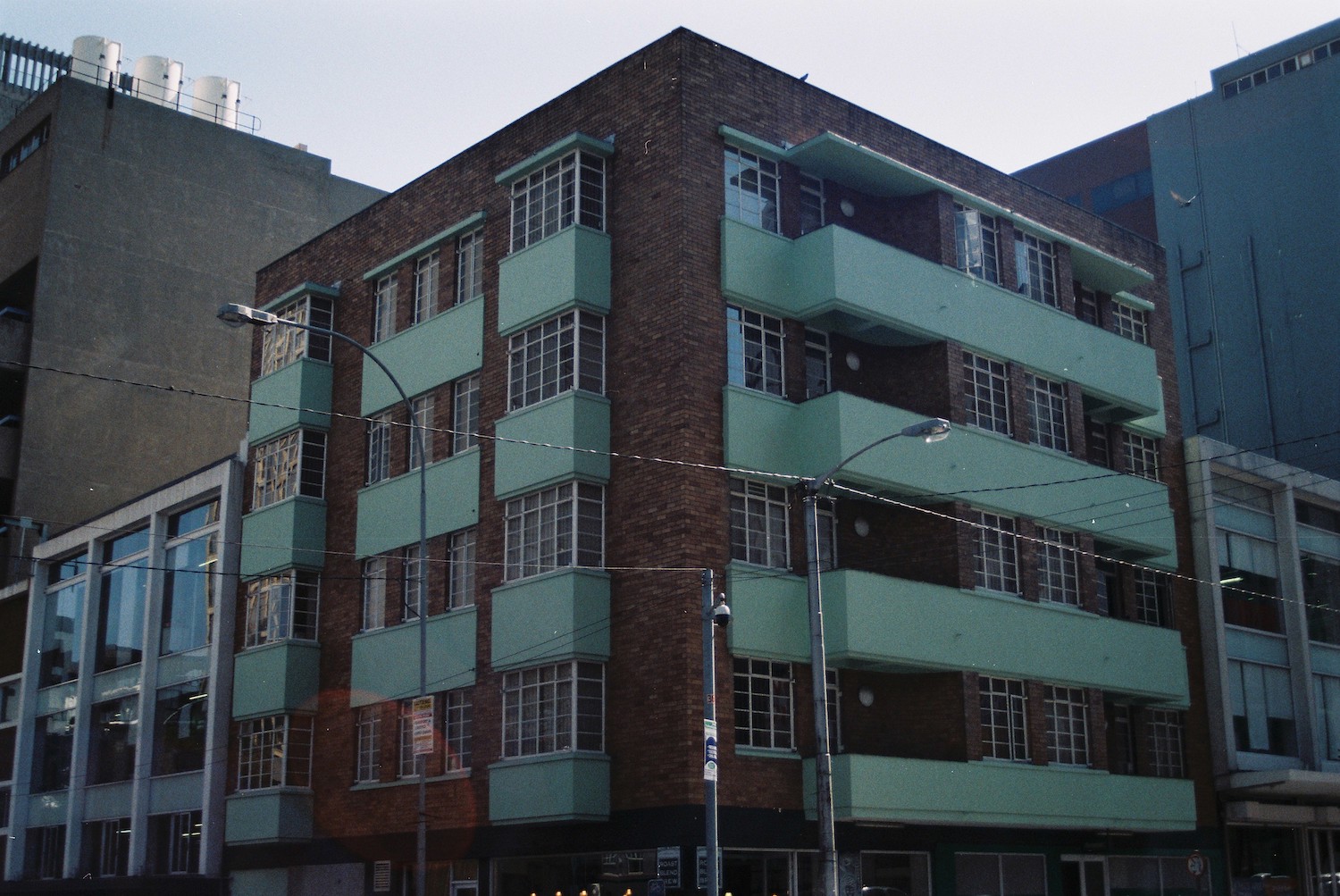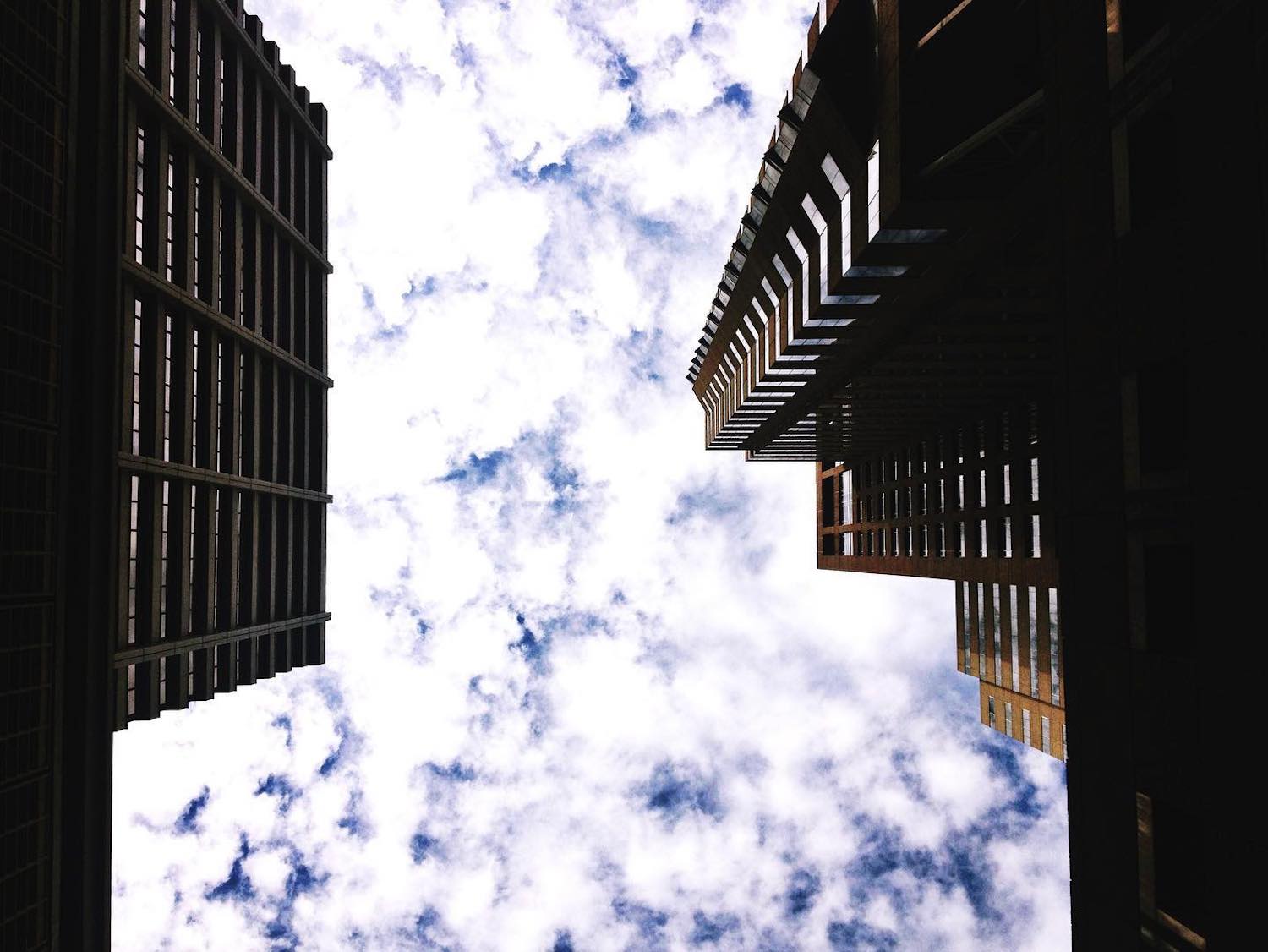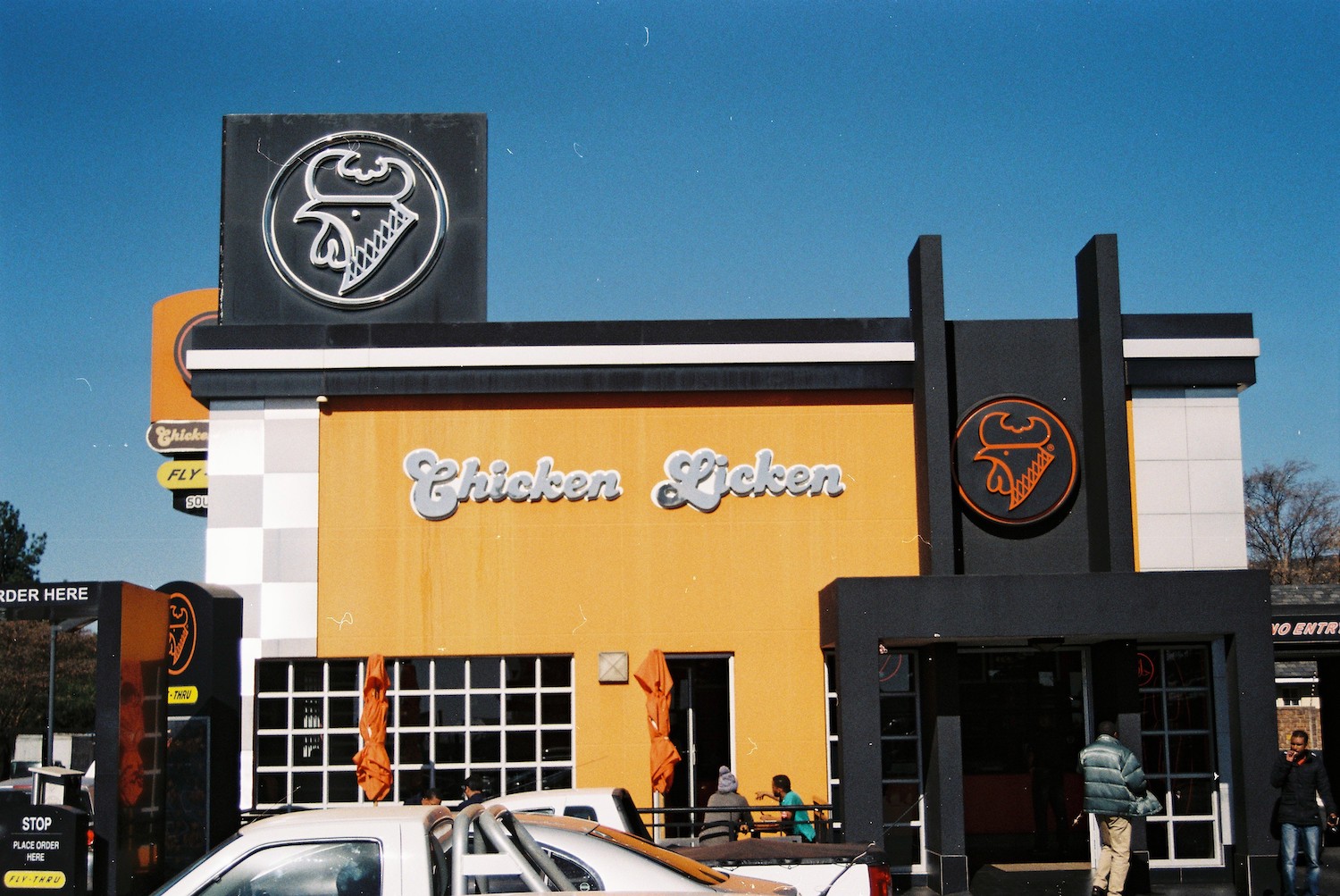Streets are the veins through which a city pulses. In 2019, I bought my first 35mm film camera with no ambition other than moving from digital to analogue photography.
The technology was relatively simple to master but I had no subjects. The camera in question—a Pentax K1000—wasn’t suited for my journalistic work because it took too long to develop film. Besides that, I’d never been the kind of person who could walk up to strangers and ask if they’d like me to take their picture.
Out of pure necessity, I started taking pictures of buildings. I started to think of the city as a canvas for human drama, a living entity. The rise and fall of sun and shadow, the interplay of light and darkness, and the decay of buildings whispered new secrets every time I looked through my viewfinder. From the hustle of rush hour to the tranquillity of dawn, the city’s heartbeat finds its rhythm in the ebb and flow of time.
As the years rolled on, the city spaces evolved—new buildings reaching for the sky, old facades making way for progress, and traditions blending with innovation.
This body of work is a mosaic of moments frozen in time; a tribute to the restless spirit of the streets and the souls that traverse them.







Rofhiwa Maneta is a South African writer and photographer. He is the author of A Man, A Fire, A Corpse, a literary biography of his father that mixes journalism, narrative nonfiction, and remembered history. His work has appeared in VICE, The Fader, New Contrast Magazine, and The Sunday Times.